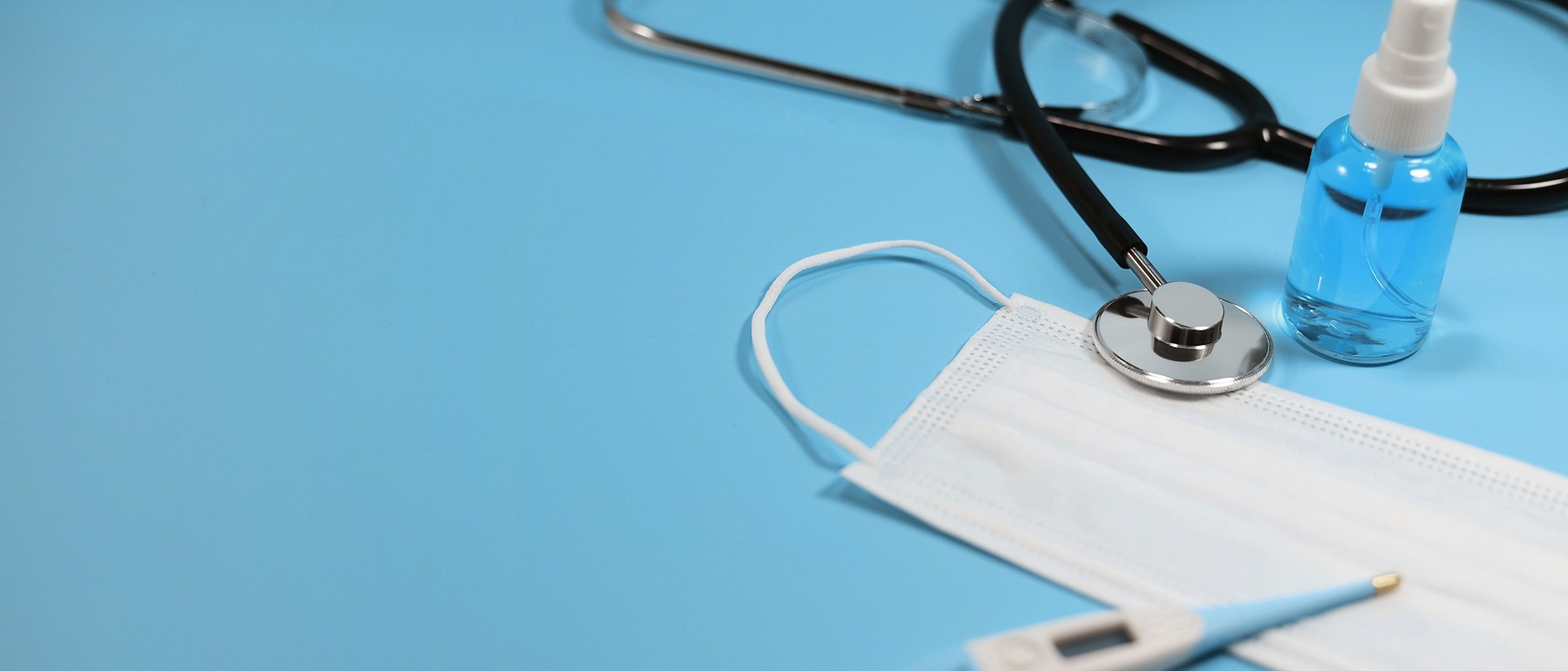- Home
- IVD
- By Diseases Types
- By Product Types
- By Technology Types
- Chemiluminescence Immunoassay
- Clinical Chemistry and Clinical Toxicology
- Continuous Glucose Monitoring (CGM)
- ELISA
- Fertility Test
- Fluorescence Immunoassay (FIA)
- Gene Chip
- Gene Sequencing
- Gold Immunochromatographic Assay (GICA)
- Hematology Test
- Immunochromatography (ICT)
- In Situ Hybridization (ISH)
- Mass Spectrometry Testing
- PCR
- POCT
- TRFIA
- Urinalysis
- Research
- Resource
- Distributors
- Company



